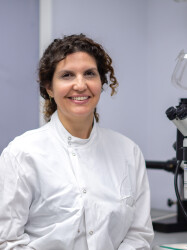BibTex format
@article{Tan:2014:10.1210/jc.2014-2143,
author = {Tan, TM and Salem, V and Troke, RC and Alsafi, A and Field, BCT and De, Silva A and Misra, S and Baynes, KCR and Donaldson, M and Minnion, J and Ghatei, MA and Godsland, IF and Bloom, SR},
doi = {10.1210/jc.2014-2143},
journal = {Journal of Clinical Endocrinology and Metabolism},
pages = {E2317--E2324},
title = {Combination of peptide YY3-36 with GLP-1(7-36) amide causes an increase in first-phase insulin secretion after IV glucose},
url = {http://dx.doi.org/10.1210/jc.2014-2143},
volume = {99},
year = {2014}
}

